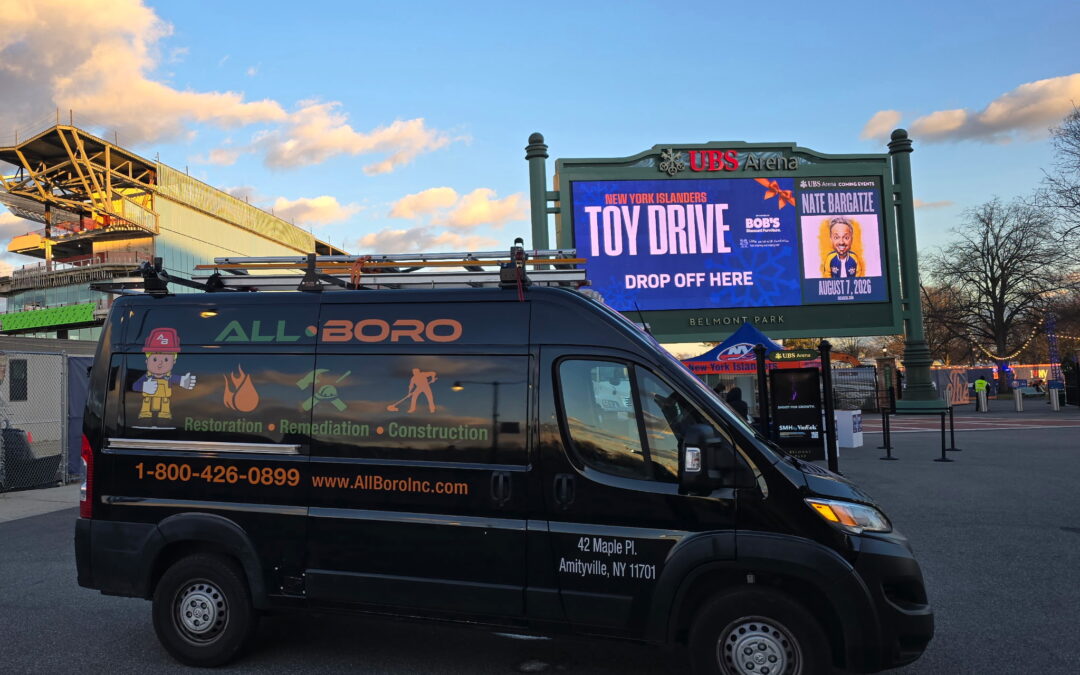Don’t Let The Cold Slow You Down!

Credit: www.whitecap.com
Construction workers, sanitation workers, postal workers, utility workers, police and first responders beware! We often hear of heat stresses while working in the heat, but we rarely hear of issues while working in the cold. While “cold weather stress” is not a common term, it definitely exists. It occurs when outdoor working conditions cause a worker’s skin temperature to decline. This loss of heat causes one’s internal core temperature to drop below normal. When this occurs cold-related illnesses and injuries may occur, causing possible permanent tissue damage and in extreme cases, death.
Three types of common cold injuries are Trench Foot, Hypothermia and Frostbite:
Trench Foot (or Immersion Foot):
occurs when the feet are constantly wet. Wet feet lose heat 25 times faster than dry…and can occur even if the temperature is nearing 60 degrees. To prevent this from happening the body decrease and/or completely shut down the circulation to the feet by constricting the blood vessels. When this occurs, the tissues begin to die. Seek medical attention immediately!
Hypothermia
occurs when the body temperature drops to less than 95 deg at an alarming rate. While hypothermia typically occurs at very cold temperatures it can occur at cool temperatures (above 40 deg) if the worker becomes chilled from rain, sweat or submersion in cold water. Confusion/disorientation, loss of coordination and cessation of shivering can occur at extreme hypothermia, and if it does medical attention is required, QUICKLY! (as death can occur in extreme cases)
Frostbite
occurs when the skin and underlying tissues freeze. Typically, the feet and hands are affected, and the lower the temperature, the more quickly and devastating the effects. Seek medical attention immediately!
Tips to avoid cold-related illnesses:
- Maintain hydration with warm sweetened liquids.
- Schedule heavy work during the warmer part of the day.
- Work in pairs.
- Schedule for more frequent breaks to allow the worker to warm up.
- Provide portable heaters to workstations.
- Where possible, protect the work areas from wind/drafts.
- Dress in 3 loose thin layers; wool/silk next to the body, synthetic fabric next, lastly a wind/rain protective material that allows for some ventilation to avoid over-heating.
- Wear warm hats and hard hat liners and knit face masks.
- Insulated gloves and boots (should be water-proofed) a must.
- Always have hand and toe warming packs on hand.

Join All Boro at The NY Islanders Game!
Join us tonight at the New York Islanders game as we cheer on the team and support an incredible cause: The Little Saint Nick Foundation! 🎁🏒💙 All Boro will be there giving back and spreading some holiday spirit. If you're at UBS Arena, be sure to stop by and say hello t...

A Wild Day at the Bronx Zoo!
Thanks to our Summer Bash fundraiser in June, we were able to bring together an amazing community on September 15th for an unforgettable trip. We were joined by friends from: People's Arc of Suffolk AHRC Nassau The Center QSAC WellLife Network Outreach: Building...

Mell Goldman Honored at People’s Arc of Suffolk Candlelight Ball
Join Mell Goldman at People's Arc of Suffolk's Candlelight Ball on October 16th at Villa Lombardi’s! This is Mell’s first gala that he is being honored at, and we need to make this a great night for People’s Arc of Suffolk County who do so much for people with...


